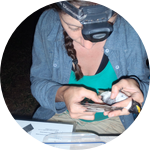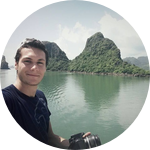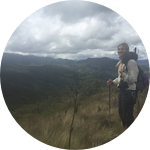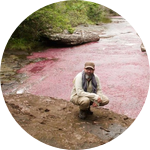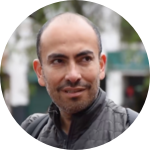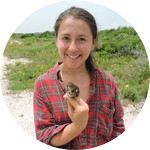About This Project
Our research project aims to characterize a case of hybridization between two species of colorful warblers that inhabit Andean forests: the Spectacled and Golden-faced Redstarts. By describing how plumage, song and genes vary through this hybrid zone, I will be able to address key questions like: Do phenotypic and genetic variation coincide? Does plumage coloration and song vary in parallel across this hybrid zone? Lastly, what is the relative importance of these signals for communication?
Ask the Scientists
Join The DiscussionWhat is the context of this research?
Birds use both color and songs in communicating with individuals of their own species. Therefore, differences in terms of color patterns or song structure act as barriers that prevent reproduction between individuals of different species. However, sometimes these barriers are incomplete and hybridization occurs, leading to the existence of individuals with an intermediate appearance, a phenomenon that has fascinated biologists and bird-watchers for decades. Describing color, song and genes simultaneously in avian hybrid zones allows one to make inferences about which type of signals are more important for communication and effective as barriers to reproduction, thus contributing to the understanding of how species originate and how they are maintained apart once formed.
What is the significance of this project?
Our study aims to characterize in detail hybridization between two species of Andean warblers. This study will be one of the first to jointly describe variation in song, colors, and genes when describing avian hybrids. This research will be a base for future studies on behavior and species recognition in these Neotropical warblers. It will also contribute to a more comprehensive understanding of the role of communication-related traits in hybridization dynamics and the process of species formation. This project will also help determine if the Golden-Fronted Redstart and the Spectacled Redstart are indeed two distinct species or if they should be treated as only one, thus contributing to bird taxonomy.
What are the goals of the project?
In this research project, we aim to describe the Golden-fronted Redstart x Spectacled Redstart hybrid zone, considering plumage colors, song and multiple genes. By doing so, we will be able to assess the relative importance of different traits (song and plumage color) for communication and reproductive isolation. Lastly, we aim to evaluate the extent of hybridization between these two species of Neotropical warblers, using genomic data.
Budget
We are conducting fieldwork throughout the range of the hybridizing species, which involves visiting more than 18 localities in Colombia and Ecuador. We have already received some limited funding, but more funds are necessary to cover field work expenses in the northern part of the hybrid zone, as well as sequencing services.
Conducting field work in this area is necessary to fully describe the geographic extent of the redstart hybrid zone. Sequencing service expenses will enable me to characterize variation in the DNA of pure and hybrid individuals using a procedure called genotyping-by-sequencing, which allows one to examine thousands of regions across the genome. This genomic information will be used as a reference to examine geographic variation in color, plumage pattern and song to assess their relative importance for communication, and may allow me to identify regions of the genome responsible for differences between species in their phenotypes (plumage and song).
Endorsed by
Meet the Team
Team Bio
We are biologists working at Universidad de los Andes (Colombia), where we study the evolution of Neotropical birds. We employ a variety of approaches to understand processes shaping current patterns of bird diversity, such as speciation and hybridization. Below, the team members:
Laura Céspedes (master student)- see Bio below
Daniel Cadena (advisor)- Professor. Universidad de los Andes. goo.gl/G0Hh9S
Andrés Cuervo (co-advisor)- Posdoctoral Fellow. Universidad de los Andes. goo.gl/fJbeMb
Laura Céspedes Arias
I was born in Colombia, in a small city in the north of the country called Bucaramanga. Since I was a child I have had a strong interest and passion towards nature, which ultimate led me to choose biology as my career path. During my undergraduate studies I got involved in birdwatching and I have not stopped ever since. I also developed a strong interest for evolutionary biology, ecology and animal behavior. As my undergraduate thesis project I studied coloration in Colombian tanagers, and how their coloration can vary with changes in predation pressure. During the development of this project I had the opportunity to learn about many techniques to study birds in the field as well as in natural history museums. After graduating, I worked on several projects as a field tech in ornithology in both Colombia and Peru: Manu National Park (Peru), Sierra Nevada de Santa Marta (Colombia), and in the eastern plains of Colombia. After almost two years of field work, I started my masters here in Colombia, at Universidad de los Andes where I am currently enrolled.
Additional Information
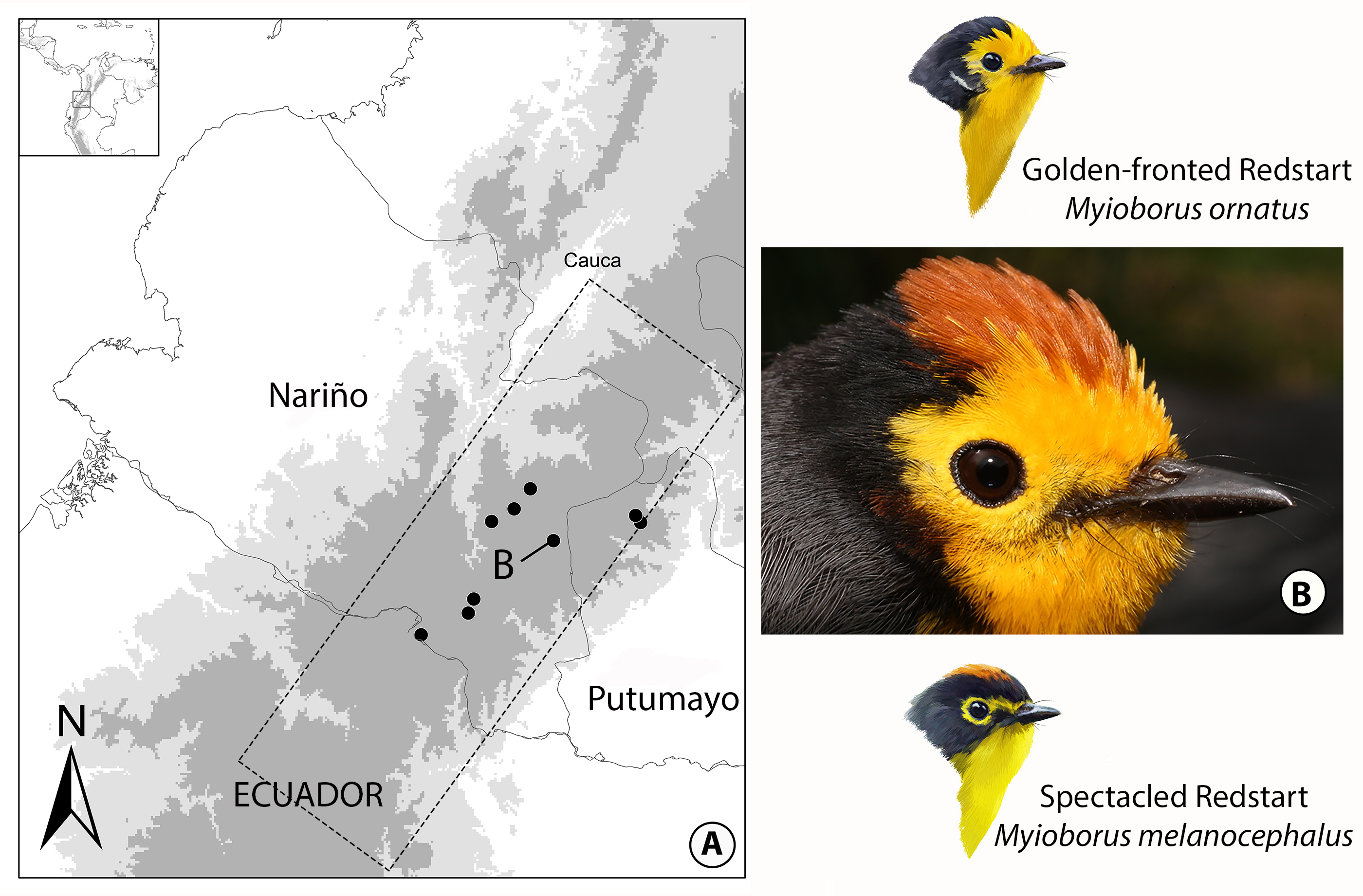
Do you want to hear the hybrids singing? Here is one of our recordings

Project Backers
- 34Backers
- 105%Funded
- $2,111Total Donations
- $62.09Average Donation
